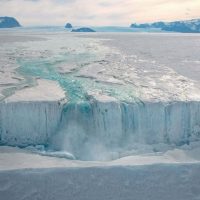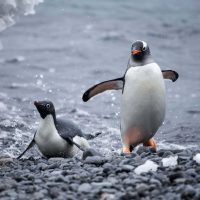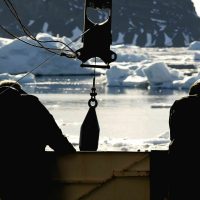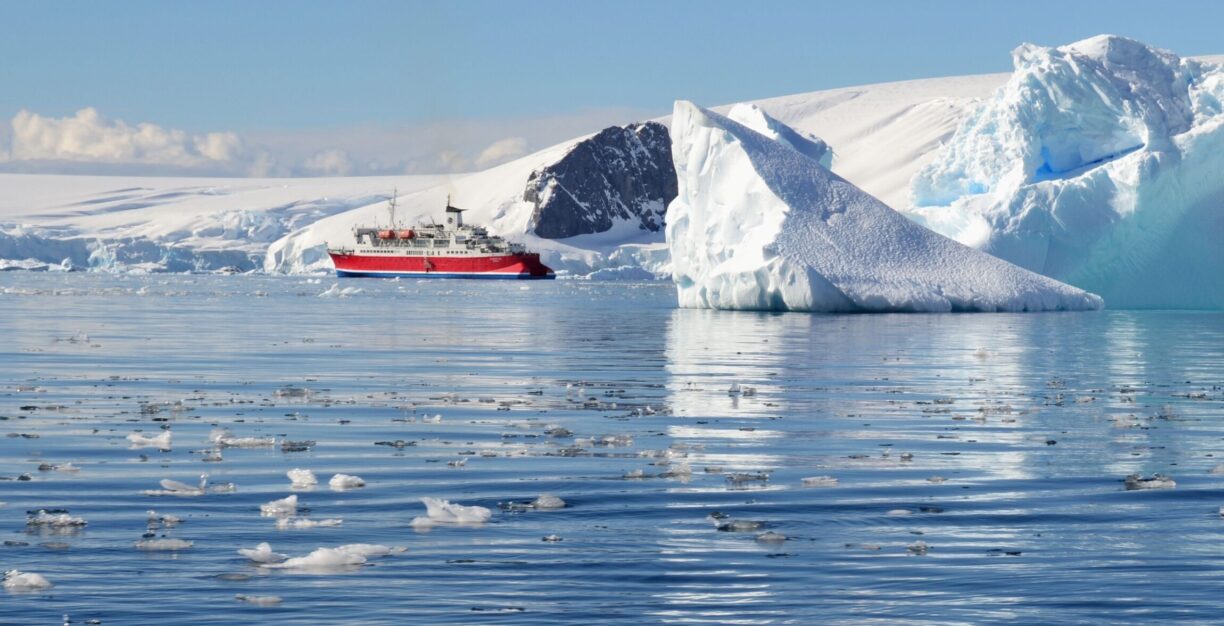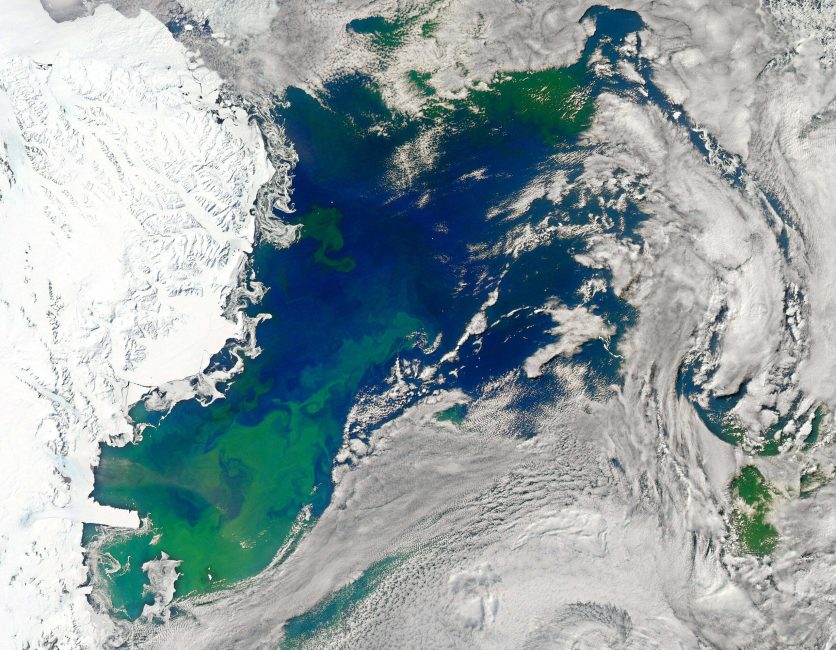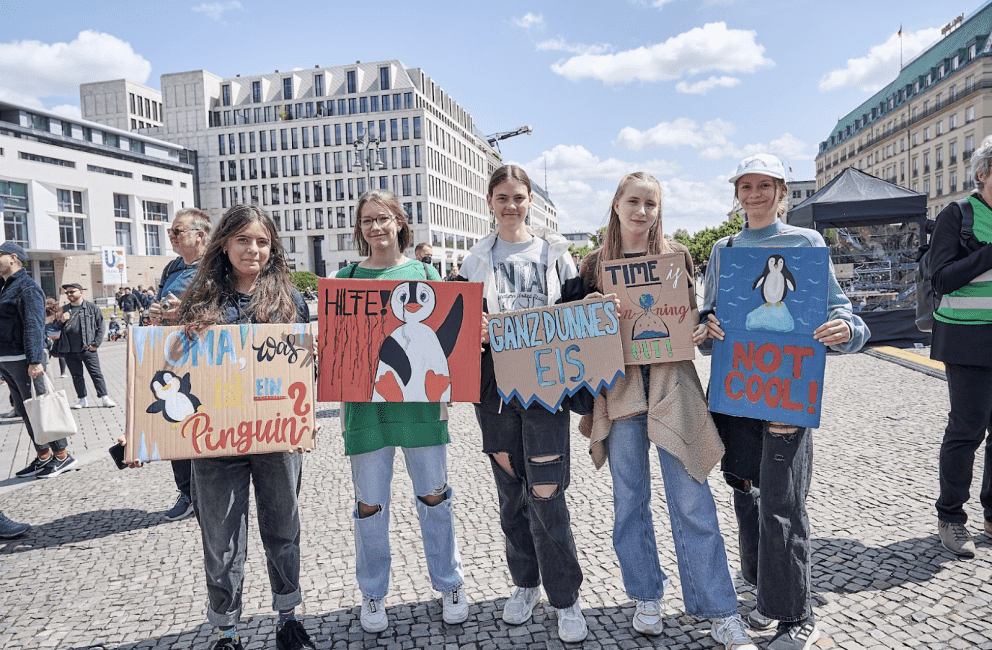Protecting Antarctica
Antarctica and the Southern Ocean are at a crossroads. As the climate continues to warm and human activity in this remote wilderness increases, urgent protection is needed to secure a safe future for Antarctica and its remarkable ecosystems.
PROTECTING ANTARCTICA
Current campaigns
Be part of the push for positive change and stronger protection for vulnerable Antarctic marine ecosystems. Here’s what we’re working on at the moment:
What’s happening?
PROTECTING ANTARCTICA
Humans have been visiting, researching and working in Antarctica for over 200 years, and activity in this vulnerable region is increasing.
Despite efforts to minimize our footprint, our presence has had a significant impact on this fragile wilderness.
While the Antarctic Treaty System and its instruments provide a valuable framework for protecting parts of Antarctica, it is not enough.
Human activity
Protecting Antarctica
Emerging threats such as the climate crisis, and growing industries like krill fisheries are destabilizing the delicate balance of Antarctic ecosystems.
Expanding shipping in the Southern Ocean increases the risk of maritime incidents, including oil spills and maritime pollution.
Urgent protection is needed to build resilient ecosystems and prevent irreversible damage at this time of rapid change.

ASOC advocates for a precautionary approach and strong, enforceable environmental protection at the highest level of Antarctic governance.
ANTARCTIC PROTECTION
Why it’s important
Every day the Southern Ocean, Antarctic ice and polar-dwelling species perform priceless ecosystem services that help keep our planet in balance. Exactly how these will change as the planet continues to warm is a great unknown.

Southern Ocean
The Southern Ocean plays an important role in regulating the global climate by absorbing heat and carbon dioxide from the atmosphere and driving global ocean circulation.
Image credit: John Nelson

Sea Ice
Antarctica’s seasonal sea ice plays a crucial part in regulating the earth’s climate through its role in global ocean circulation, and is a vital habitat for marine life, including penguins and seals.

Plankton
Tiny plants and animals living under winter sea ice absorb carbon dioxide, helping to reduce the amount of carbon dioxide in the atmosphere and keep the planet cool.

Whales
Whales that spend their summers feeding on the abundant krill in Antarctic waters migrate north in the winter, fertilizing the ocean with their nutrient-rich, lifegiving feces. This priceless ecosystem service is performed for free every day.
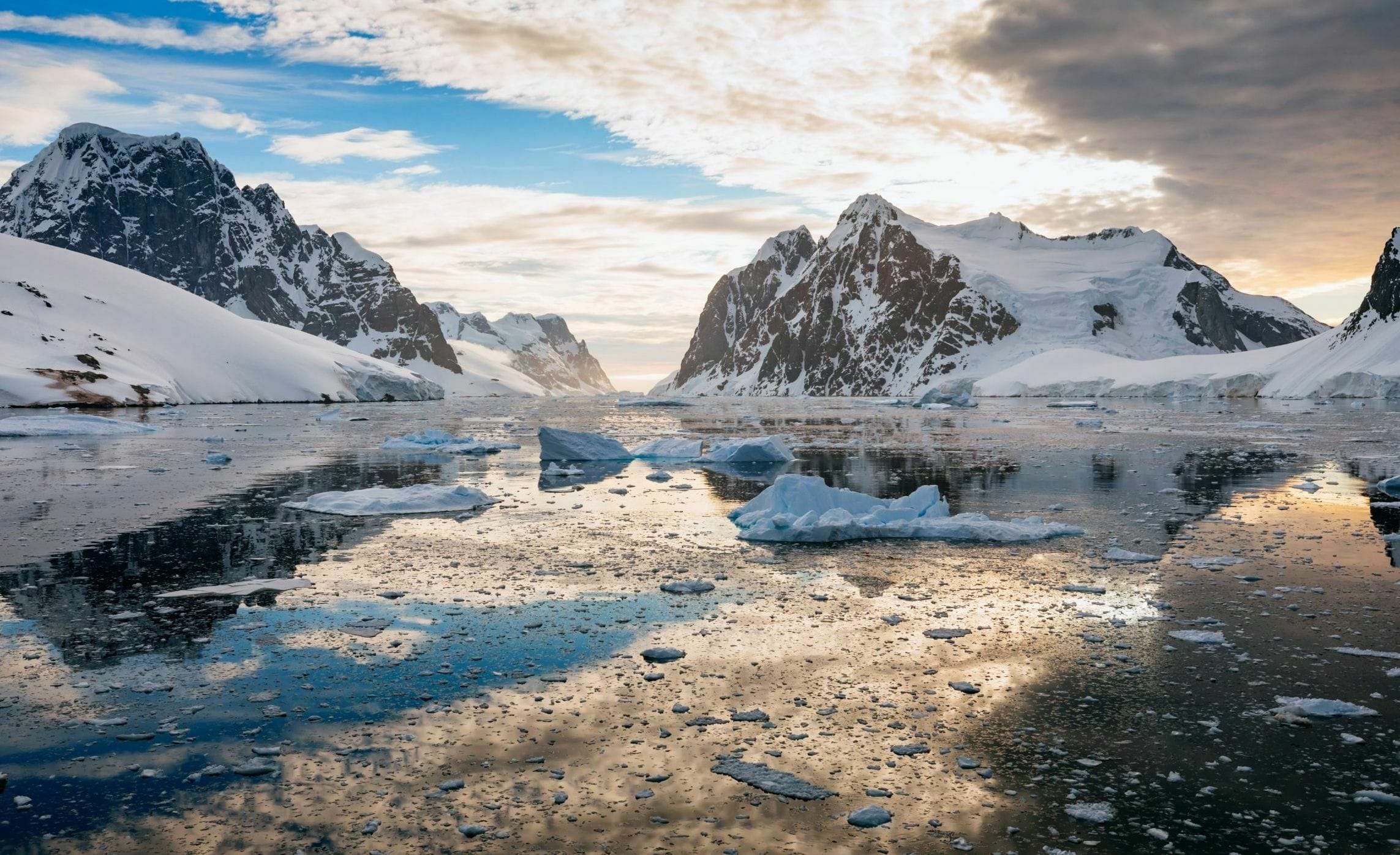
PROTECTING ANTARCTICA
What ASOC is doing
We work with our members, partners and a global network of Antarctic advocates to raise the profile of the Southern Ocean, world-leading science and the urgent need for Antarctic protection, both on land and at sea.
PROTECTING ANTARCTICA
How we work
We represent the Antarctic conservation community at the highest levels of Antarctic governance, working within the system to advocate for Antarctic protection in the following ways.

Marine Protected Areas
ASOC participates in meetings of the Commission for the Conservation of Antarctic Marine Living Resources (CCAMLR) as an observer. We submit policy papers, encourage decision-makers to pursue outcomes that conserve and protect the Southern Ocean, and raise public awareness about Antarctic marine conservation.

Full implementation of the Environmental Protocol
As the only official environmental NGO observer to the Antarctic Treaty Consultative Meetings (ATCM), ASOC supports the full and effective implementation of the Protocol on Environmental Protection to the Antarctic Treaty.

Science-based policy and environmental advocacy
ASOC advocates for science-based policies within the existing Antarctic governance framework.

Strengthening environmental liability
ASOC advocates for strengthening liability and accountability for states and operators who cause damage to the Antarctic environment, threatening its land, waters, and species.
“We need to change our behavior and work to protect nature instead of exploiting it. ASOC calls on CCAMLR to demonstrate leadership and fulfill their commitment to meaningful protection of the Southern Ocean.”
Claire Christian
Executive Director, Antarctic and Southern Ocean Coalition
 ASOC
ASOC
